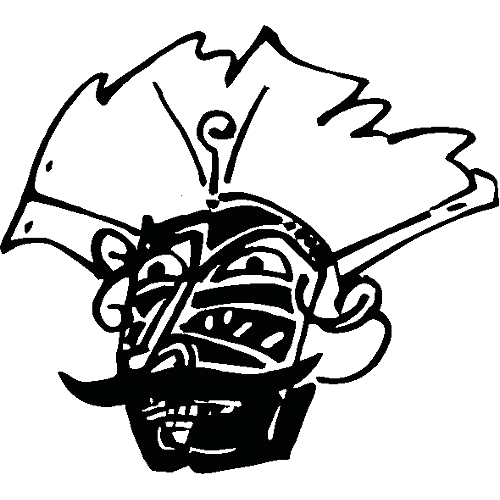TAMIL

Tamil is more than a language. It is a body of knowledge, much of it intrinsic to an ancient culture and sensibility. “Tamil” can mean both “knowing how to love” – in the manner of classical love poetry – and “being a civilized person.” It is thus a kind of grammar, not merely of the language in its spoken and written forms but of the creative potential of its speakers.
DAVID SHULMAN,
Tamil a Biography, (Belknap Harvard, 2016)
Tamil has a rich and vibrant literary tradition spanning over two thousand years. The earliest literature in Tamil can be traced back to Sangam poetry, circa 2nd century BCE.
The novel as a genre arrived in the Tamil literary landscape in the late 19th century, perhaps facilitated by the growing population of Tamils with a Western education and exposure to popular Western fiction. The modern Tamil literary movement began in the early twentieth century with Subramania Bharati, the multifaceted nationalist bard, who broke the rules and blazed a new trail in poetry. He also wrote Tamil prose in the form of commentaries, editorials, short stories, and novels.
The 1990s onwards have been a time of profound transformation in Tamil society and culture. New social movements and emerging social classes began to express themselves creatively in Tamil. Tamil writers continue to hold up a powerful and unflinching mirror to the lives lived on the margins of society and the struggles for self-respect and dignity in the face of discrimination and oppression.

